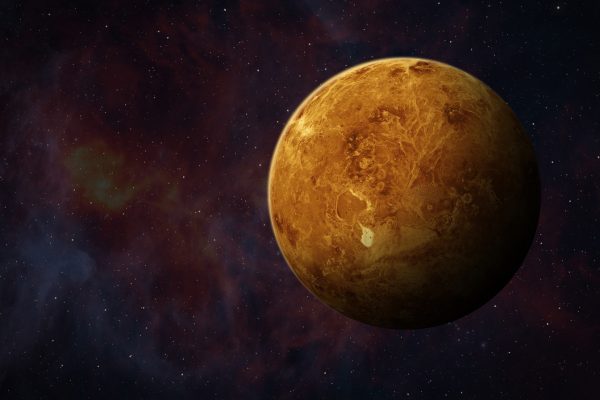
Does Cracking Your Knuckles Cause Arthritis, Debunking the Popular Myth
For decades, the belief that cracking your knuckles leads to arthritis has echoed through households…

For decades, the belief that cracking your knuckles leads to arthritis has echoed through households and doctor’s offices. The popping sound may annoy others, but does it really pose a health risk? According to orthopedic specialists and several peer-reviewed studies, this common habit is not linked to arthritis. The sound produced comes from the rapid…

When Spencer Silver, a 3M scientist in 1968, accidentally developed a low-tack, reusable adhesive, he didn’t envision the Post-it Note empire. His creation—initially seen as a failed adhesive—found purpose only when colleague Art Fry strapped the idea to bookmark his church hymnal. This reveal demonstrates a core lesson in invention: value often lies hidden behind…

While the life cycle of stars is often portrayed as a predictable path from birth to supernova or black hole, stellar collisions present a dramatic and lesser-known chapter in the universe’s story. When two stars—especially in binary systems—spiral into each other due to gravitational forces, they merge in a cataclysmic event that can release more…

In the shadows of globally celebrated artists lies Marta Minujín, a name often overlooked in mainstream discussions of modern art. Born in Buenos Aires, Minujín’s boundary-pushing installations have been critical in shaping Latin American conceptual art. She challenges traditional gallery formats, instead opting for experiences that engulf viewers in chaotic color, structure, and sound. Her…

In 2012, keepers near Ribeauvillé, France discovered honey shimmering blue and green—more sci‑fi than breakfast fare. A biogas plant was drying sugary waste from an M&M’s factory, and bees, lured by the syrup, ferried dyed sugars home, turning the combs neon and the crop unsellable. Lab tests confirmed Blue No. 1 and Yellow No. 5; honey enzymes can’t break…

Not all inventions come from laboratories — some come from childhood curiosity. One of the most beloved summertime treats, the popsicle, was actually discovered by accident. In 1905, 11-year-old Frank Epperson left a cup filled with powdered soda, water, and a stirring stick outside on a freezing night. By morning, the liquid had frozen solid…

Tucked deep in the rose-colored canyons of southern Jordan, Petra is a breathtaking archaeological marvel that once served as the thriving capital of the Nabataean Kingdom. While often recognized for its famous Treasury façade, Petra’s historical significance and ingenious engineering make it far more than a photogenic ruin. As a UNESCO World Heritage Site and…

Venus, often called Earth’s twin due to its similar size and composition, harbors one of the solar system’s greatest mysteries—its retrograde rotation. Unlike most planets that spin counterclockwise, Venus rotates clockwise, making the Sun rise in the west and set in the east. Even more baffling, its rotation is extremely slow: one day on Venus…

In the heart of the Caucasus, Georgia’s ancient culinary tradition known as Supra offers more than just food—it’s a ritual of hospitality, storytelling, and cultural pride. The word supra means “tablecloth” in Georgian, symbolizing a feast that brings families, friends, and even strangers together. Unlike typical meals, a supra is led by a tamada (toastmaster),…

In 1859, a seemingly trivial incident on San Juan Island, located between Vancouver Island and the U.S. mainland, nearly escalated into a war between the United States and Britain. An American settler, Lyman Cutlar, shot a British-owned pig that was rooting in his garden, leading to a diplomatic standoff. This event, known as the Pig…